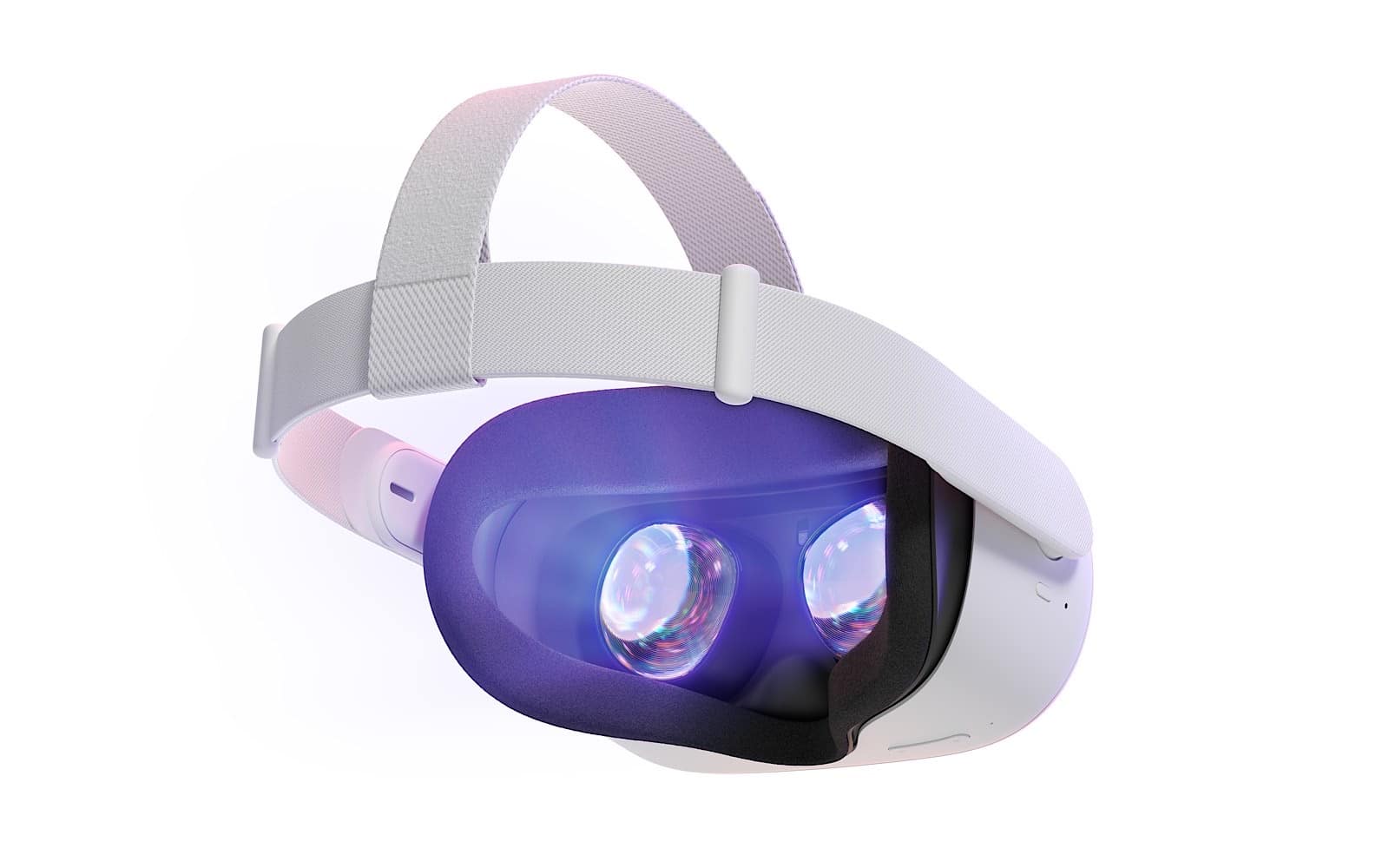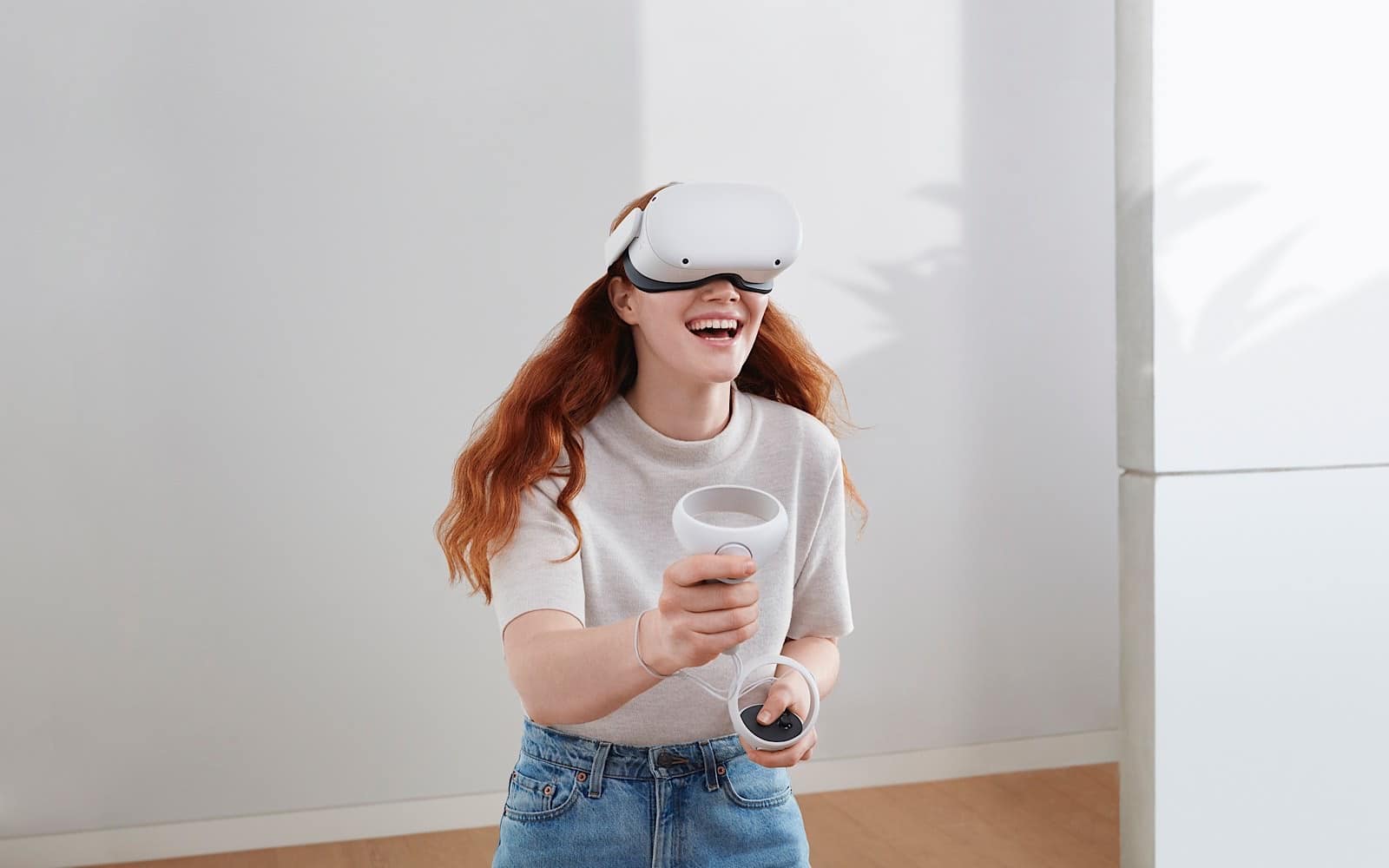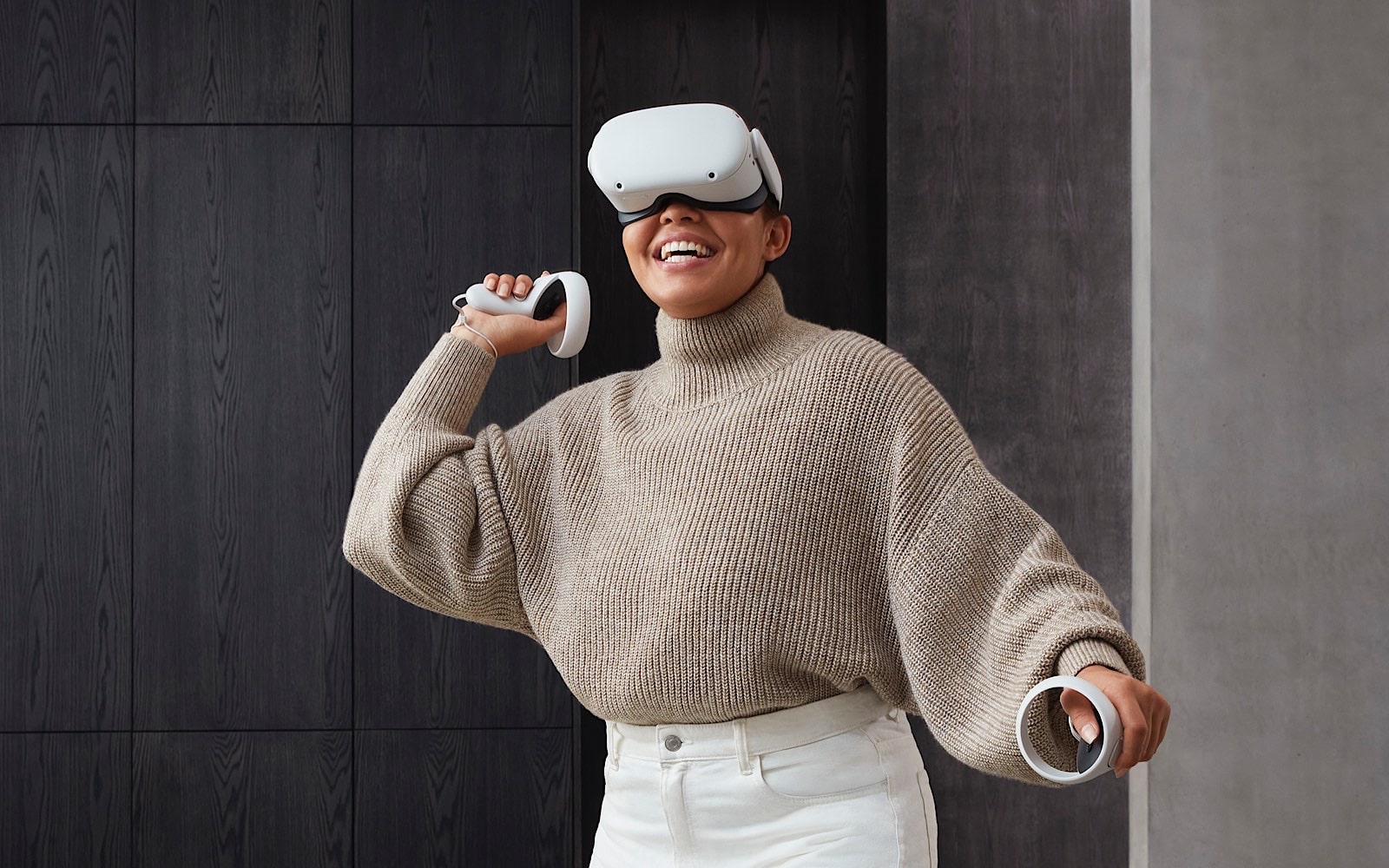Australians keen to get stuck into a virtual world might soon get their chance, as Oculus pushes deep into the next generation of VR with the Quest 2.
Virtual reality might seem a little like a niche of strange entertainment and video games, but it’s something that has been steadily evolving.
After a crazy time in the 90s of ideas and premises that never really panned out, Oculus, HTC’s Vive, and a few other companies have been carving out a space for the personal entertainment platform for the past decade or so, finding a way to make it something regular people can enjoy from the comfort of their home, while also evolving the augmented reality space alongside it.
Virtual reality — VR — and augmented reality or mixed reality — AR or MR, as far as the initialisms go — are entirely different, yet also somewhat similar. While AR and MR are about showing the world you see mixed with digital information on top, VR is more about encapsulating you in the digital world, and in essence, plunging you into data and visuals distinct from the world you see. Augmented and mixed reality tend to show their digital data in glasses or headsets that have cameras or transparent displays, so you can see the digital would through your regular lenses, while VR closes you off from the world and places you in a digital world.
It’s the difference between semi-real and totally-fake, and often between informational and entertainment, with augmented reality often being informational, and VR tending to associate almost entirely with entertainment.
Both have been a little slow to start, but we know companies are investing heavily in this space. Big names are looking hard into these worlds, and while VR has long required a fairly meaty computer with long cables connected to your head to get virtual reality working well, the technology has been evolving rapidly, and improving steadily.
So much that Facebook’s Oculus brand might have something that closes the gap on VR, and brings the idea to more eyes.
Facebook’s new VR headset: the Oculus Quest 2
This week, Facebook has announced the Oculus Quest 2, its latest take in an all-in-one VR system that doesn’t need a computer to work, and runs on its own platform. Rather than need that meaty computer and cables to work, the Oculus Quest 2 is a standalone platform, running on its own VR-based operating system not unlike the Oculus design Samsung once used in its own VR headset for Samsung phones.
Inside the Quest 2 headset, Facebook and Oculus are using a custom Qualcomm Snapdragon processor, the Snapdragon XR2, pairing it with 6GB RAM, and a high resolution display capable of showing over Full HD resolution per eye, with 1832×1920 on each eye. Essentially, that’s near 2K res per eye, with 90Hz rendering later on, too, starting at 72Hz with Oculus eventually improving graphical performance to 90Hz so that entertainment renders more clearly.
Controlling the headset will work with new Touch controllers that are entirely wireless, and work in a way whereby you’ll be controlling what’s on screen, while the headset aims to be one of the company’s lightest yet. Oculus says it has cut over ten percent of the weight from the first quest, and provided with lens position changes to assist with interpupillary distance (IPD) to make wearing a VR headset more comfortable to eyes of all kinds.
Apps and entertainment on the Quest 2
Running apps on the Quest 2 headset system will also be a two-prong approach for Oculus, with both a PC working through Oculus Link — in case you have that high-powered PC — and through installing the games and apps on the headset itself.
And there will be a reasonable amount of games and apps available for the Oculus Quest 2 in the coming months. Ubisoft is getting into the action with VR versions of the Assassin’s Creed and Splinter Cell world, there’s a Jurassic Park title coming, and yep, there’s even a Star Wars game on the way. In fact, there are quite a few games, and even some apps.
Oculus is working on a VR fitness app that will show how physically active you’ve been while you’ve been gaming with the virtual titles, while a new version of Facebook Messenger is coming to the Oculus Quest 2 to let friends talk in VR, and play in the same game while still wearing the headset.
But perhaps most interestng is what Oculus is doing in an age of pandemic: connecting offices.
Working together in VR
While entertainment is more or less a foregone conclusion for VR systems, Oculus is going to include a working environment called “Infinite Office” that’s provides multiple customisable screens in a virtual world to let you sit in one place, but feel Ike you have several screens all around you.
Oculus’ Infinite Office is more of an experimental thing, but it’s one that could change the face of how people work and collaborate in a world where we’re all very much in a bubble, and will be open to developers, too. It will even connect to an idea the company calls Spatial, which is a virtual meeting handled through virtual reality headsets.
Oculus Quest 2 pricing in Australia
As exciting as much of this looks, the good news is that Australia won’t be forgotten, and even has a local price tag.
While the US has a price of $299 USD for the 64GB Oculus Quest 2 headset, Australia will see the Quest 2 from $479 for the 64GB model, and $639 for the 256GB variant. Much like buying a phone or an Apple TV, the more storage you have, the more you’ll be able to install, though you’ll need to decide in the beginning, as the storage on the Quest 2 isn’t upgradeable.
Australian availability for the Oculus Quest 2 suggests a release date of later this year, likely by the holiday season, though we’ll know more soon.








